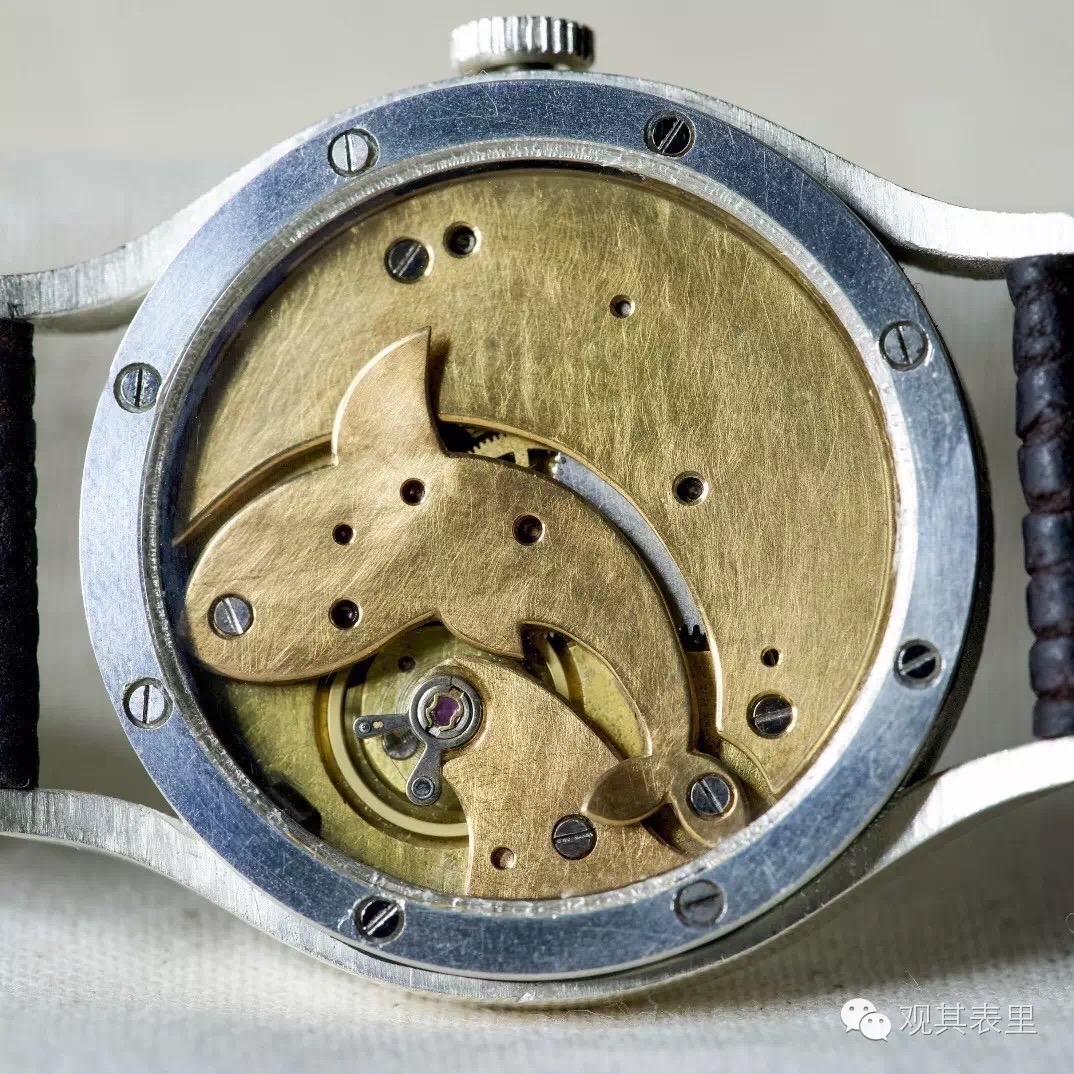Horological History: Seagull ST5 Antarctic
/Editor’s Note: I asked Benjamin Chee, founder of Maison Celadon, to say a few words about his favorite Vintage Chinese Mechanical watch for a recent feature (found here). His response was thoroughly beyond my expectations, so I wanted to re-post it in full here. Thanks, Ben!
I chose this watch, the Seagull ST5 Antarctic, as my favourite Vintage Chinese Mechanical (VCM) piece for three main reasons. But before expounding on these points, let me give a brief primer into Chinese horological history, and where this particular watch fits into that history.
China invented the clock during the Northern Song dynasty a thousand years ago, a time when the Chinese led the world in ancient mechanical inventions, most of them powered by water. From that period onwards, there has been a natively-developed clockmaking tradition in China, though mostly confined to the imperial court rather than focusing on personal watches for the wealthy as in Europe. In 1915, the first modern clock factory opened in Shandong province (Yantai factory), and Republican China made Huacheng watches (though not movements) throughout the '20s and '30s before the full-scale Japanese invasion of China in 1937. After the War of Resistance, the first Chinese watch with an indigenously-made movement was produced by Tianjin factory (which later would go on to produce my ST5) in 1955, but it was only in 1966 that the first 100% Chinese watch with not only a Chinese-produced case and movement, but a Chinese-developed movement, could truly be said to have been made - the Dongfeng. The ST5 is the later export version of the Dongfeng, produced from 1973 onwards, and its movement is famous for its beautiful hand-applied “Seagull Stripes” as collectors affectionately term them, as artistic and distinctive as the more common Geneva stripes found on higher-end Swiss watches. The screwed caseback with the iconic Seagull flying over the waves is also another charming signature of these ST5 watches that collectors adore for their pure character.
The ST5’s movement was of such quality that it was one of only three movements that were exempt from converting to producing the Unified Movement (also known as Tongji or Standardized Movement) in the mid-1950s. The survival and high accuracy of so many of these ST5 and Dongfeng watches to this day half a century on is testament to their quality. The watch was clearly of such excellence that select watches were hand-picked and fine-tuned to function accurately under minus 40 degree Celsius conditions and other demands of extreme cold, and issued to the elite team of explorers that led China’s first expedition to the Antarctic in 1984.
And so, this special watch represents a happy confluence between my deep love of Chinese antiques and history, and profound interest in watches, particularly Chinese watches. This ST5 is so precious (indeed priceless) to me because of:
1. The intrinsic quality and rarity of the watch
Among all the ST5 variants, there were the standard sort that could be bought by the public (and at that time were among the most expensive watches in China, equivalent to a Rolex), as well as special versions fine-tuned for higher accuracy and used for railroad conductors and the military. For collectors, this Antarctic version is the rarest and most desirable of them all.
2. What this watch represents
It is so humbling to know, whenever I hold this watch in my hands, that it accompanied China's first expedition to Antarctica more than 30 years ago. It is a symbol of the indomitable courage of my people and my beloved ancestral homeland, and of how far China has come since 1984 against all odds, to witness what is possibly the greatest economic resurgence in human history. It is the embodiment of the spirit of exploration and discovery, a rekindling of the mighty voyages of Admiral Zheng He six centuries before.
And with regards to all ST5s and Dongfeng watches, this special ST5 is also the first completely Chinese-developed watch, which to me is a continuation of the grand history of innovation and inventiveness ingrained deeply in my culture. It tells the story of human courage, that we can do whatever we set our hearts and minds to, no matter how adverse our circumstances might be.
3. Friendship and camaraderie
Lastly, this special watch was given to me as a gift from the eminent Joel Chan, one of the most respected and earliest luminaries in the English language sphere of Chinese watch collecting. He maintains the massive micmicmor.blogspot.hk repository of vintage Chinese watch information. Although what we collect are mere watches, it is both the tremendously deep symbolism inherent in these vintage watches in particular, as well as the friends like Joel that I’ve come to make through this passion, that truly make the greatest memories.














